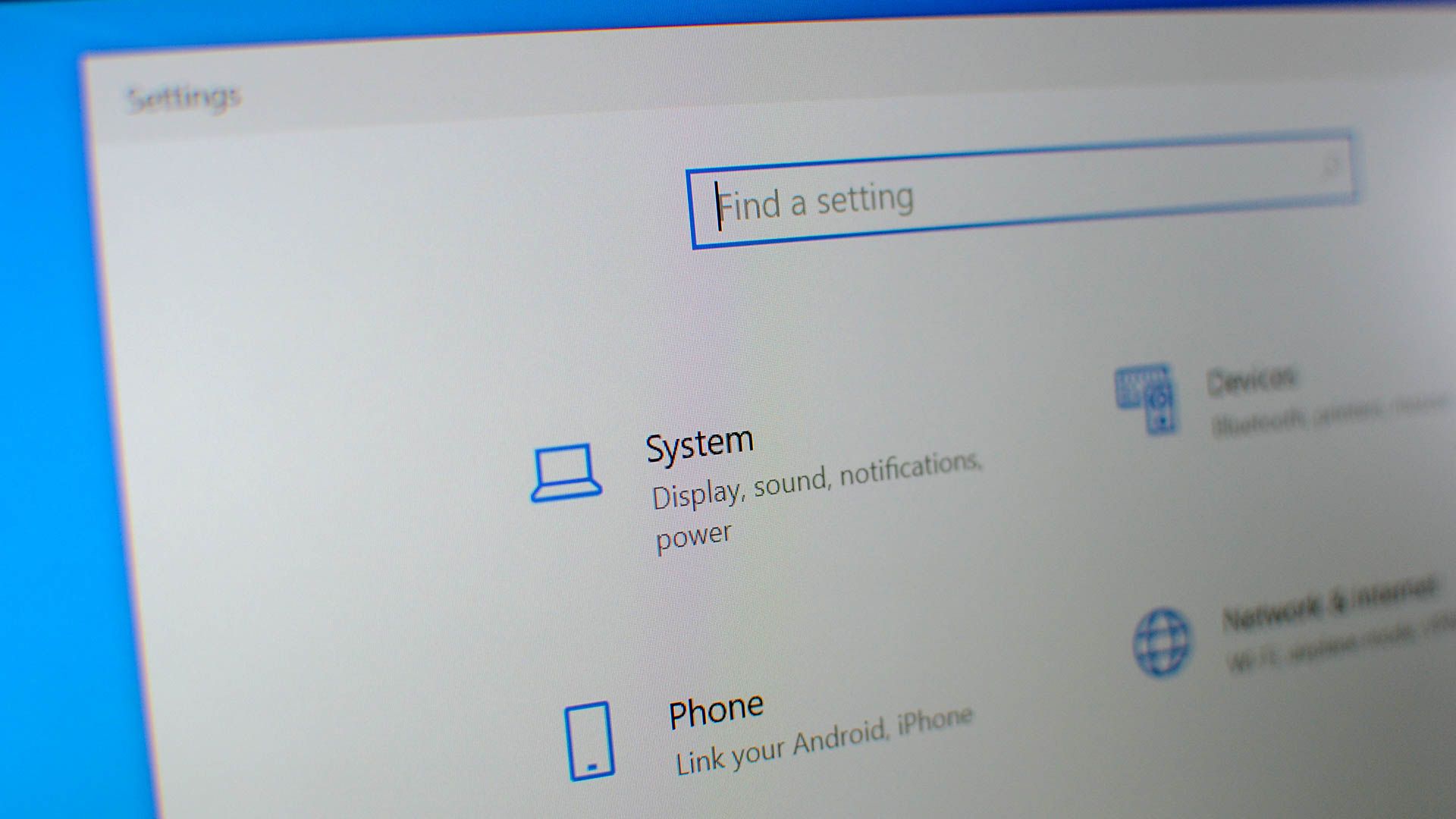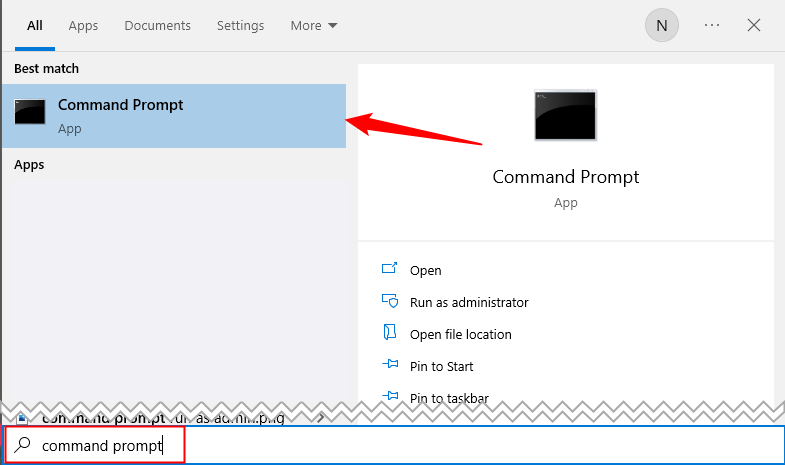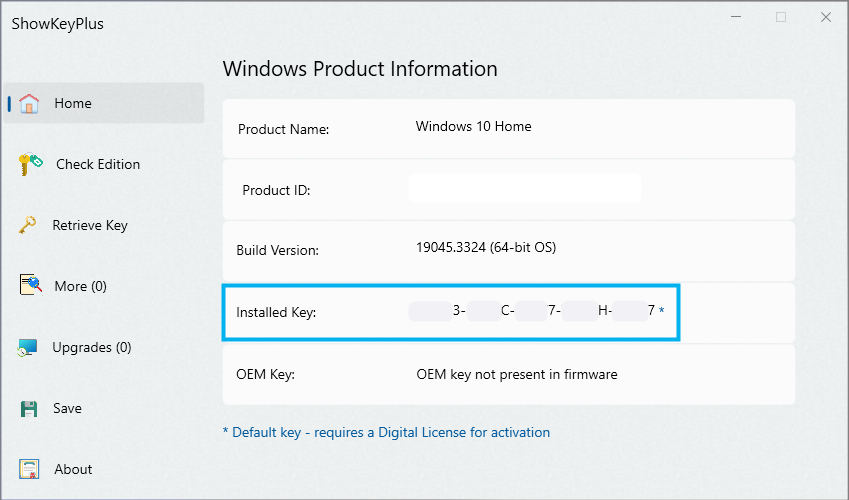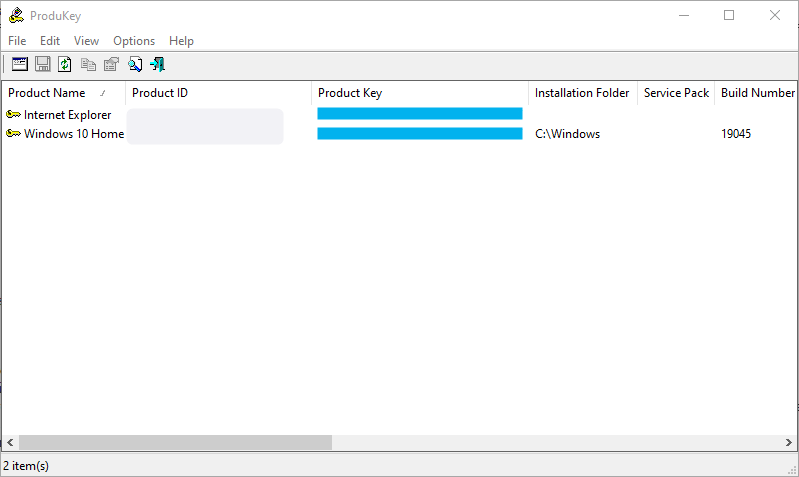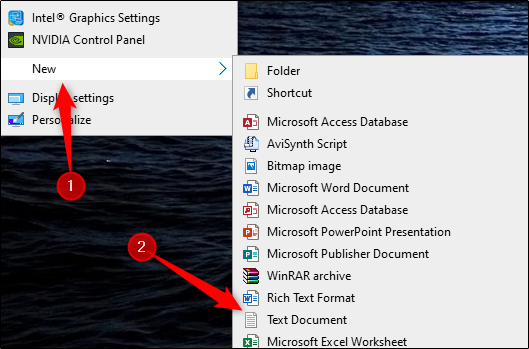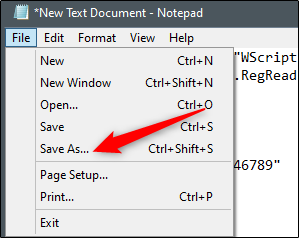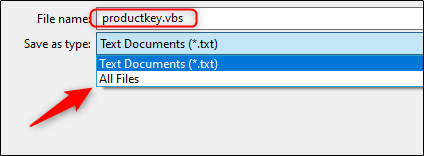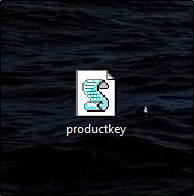Quick Links
Key Takeaways
- Quickly find your Windows 10 product key by opening Command Prompt with administrative privileges and enter: "wmic path softwarelicensingservice get OA3xOriginalProductKey".
- If the command-line method doesn't work for you, use software like NirSoft's ProduKey or ShowKeyPlus to find your product key.
- Avoid using the Windows Registry method to find your product key, as it may not return a usable key on the latest version of Windows 10.
If you're looking for your Windows 10 product key, you can find it by entering a quick command in the Command Prompt. Here's how — plus a neat little trick for finding the product key using a Windows Registry method.
Find Your Windows 10 Product Key Using the Command Prompt
To find your Windows 10 product key using the Command Prompt, you'll need to open the command line application with administrative privileges. To do this, type "cmd" or "Command Prompt" in the Windows search bar. Command Prompt will appear in the search results. Select "Run As Administrator" from the window that appears. If prompted, enter your Windows account password.
This will also work with PowerShell.
Once open, copy and paste the following command and then hit the Enter key:
wmic path softwarelicensingservice get OA3xOriginalProductKey
The 25-digit product key will then appear.
This method displays the Windows product key stored in your computer's BIOS or UEFI firmware. In other words, it shows the original Windows key your computer came with. Properly it is called an "OEM Key." If you've installed Windows with a different key since then (or acquired a digital license), it will be different from the current key in use on your PC. You'll have to use the next method if you want to find that key.
Find Your Windows 10 Product Key Using Software
The command-line method above isn't for everyone, and it doesn't work if you're using a product key you purchased rather than one that came with your PC. There are plenty of software solutions out there to show you the current key in use on your PC, but we like both NirSoft's ProduKey and ShowKeyPlus. ShowKeyPlus is available from the Microsoft Store, and NirSoft's ProduKey is available from the Nirsoft website.
NirSoft's ProduKey will probably trigger your antivirus. Because of what ProduKey does — and how it does it — your antivirus thinks it is or could be malicious. As long as you download it from the official site, you don't have to worry about it. Nirsoft has had a great reputation for a very long time.
ShowKeyPlus will show you both your OEM key and your retail ("installed") key if you have both. Otherwise, it'll just display your retail key.
Nirsoft's UI is more minimalist. Your product key will be displayed to the right of your operating system, in our example we've obfuscated our key with a blue box.
That's all there is to it. This way is quick, but this isn't likely a code you'll remember very easily.
Find Your Windows 10 Product Key Using a Windows Registry Method
This method is all over the web, but it doesn't return a real usable key on the latest version of Windows 10. (For example, this script in Microsoft's TechNet gallery works differently, but also grabs output from "DigitalProductId" in the registry.) This method has been defunct since 2020, and we recommend you use the method listed above instead. As of July 2020, we recommend you skip this section and use the above method instead.
The Windows Registry tip was initially posted by a user (whose account is no longer active) in the Microsoft forum.
First, open Notepad by right-clicking anywhere on the desktop, hovering over "New," and then selecting "Text Document" from the menu.
Copy and paste this code into Notepad:
Set WshShell = CreateObject("WScript.Shell")MsgBox ConvertToKey(WshShell.RegRead("HKLM\SOFTWARE\Microsoft\Windows NT\CurrentVersion\DigitalProductId"))Function ConvertToKey(Key)Const KeyOffset = 52i = 28Chars = "BCDFGHJKMPQRTVWXY2346789"DoCur = 0x = 14DoCur = Cur * 256Cur = Key(x + KeyOffset) + CurKey(x + KeyOffset) = (Cur \ 24) And 255Cur = Cur Mod 24x = x -1Loop While x >= 0i = i -1KeyOutput = Mid(Chars, Cur + 1, 1) & KeyOutputIf (((29 - i) Mod 6) = 0) And (i <> -1) Theni = i -1KeyOutput = "-" & KeyOutputEnd IfLoop While i >= 0ConvertToKey = KeyOutputEnd Function
Next, click the "File" tab and select "Save As."
In File Explorer, set the "Save As Type" dropdown to "All Files" and give your file a name. You can use any name, but it has to be a .vbs file. You can name it something like: productkey.vbs
Once you've entered a file name, save the file.
You can now view your Windows 10 product key at any time by opening the new file.

